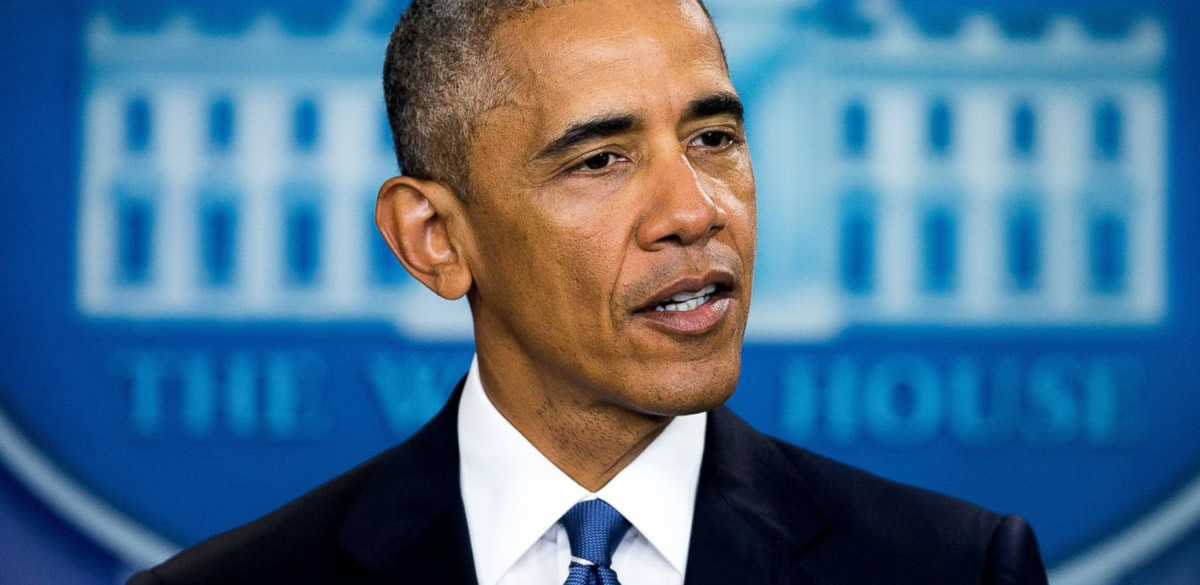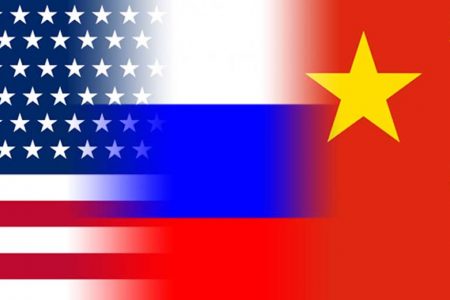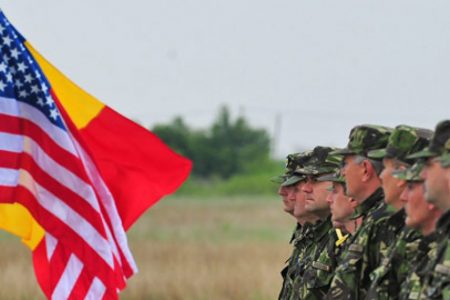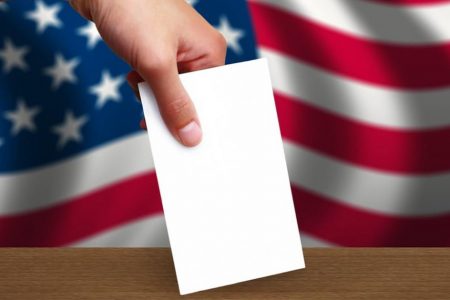The world is throbbing all around. Spectators and part-takers alike glance swiftly from one escalation of events to another. Dynamics are intensified. Stakes are perceived as increasingly high. Emotions turn into tensions. Points converge and tend to form coherent sequences. Then, the sequences disrupt; ambiguity sets in and transcends into uncertainty, insecurity. Tensions escalate, so they can defuse abruptly – change is quickly advertised for the tantrums to exhaust themselves up to the point where the status quo resembles the alternative. Interpretations point vividly to solutions and forecasts, yet the sequences are disjointed or, at best, all over the place. The paradox of this globalized landscape expresses as continuity, uniformity, alikeness, pointillism.
Pointillism? Points, dots, focuses of color are lied orderly to form an image. This arty technique combines the mastery of the creator with the viewer’s visual and cognitive ability to blend the colors into fuller ranges of tones. Hence, comprehension is not a given, rather an educated ability. Similarly, the events around the globe, under strategic vision, would assemble in series which would subsequently indicate the whole of undertakings, the current global happening. Yet, unlike an artful crafted picture, the current world is happenings; thus, a continuously alive system, where interactions are inherent and deemed to create effects, and colors emanate from within. On the world map, states, unlike points, are throbbing, sequences and series, if any at all, unlike tones, are mutating. Stillness is at most inertia; patterns are, at most, alliances, conventions. Status quo, although not ephemeral, unlike a painting, is a mere liaison between the past and the future, a throb – itself.
To paint the picture of the status quo – one that is currently in full mutation, pointillist comprehension is to be allowed immersion in the axis of time, and inspection of the crafter. Hence, what is the sum of current happenings? How is the world arranged now? How are interactions shaping current changes? Then, eyes shall turn to interpretations of past systems and events in order to comprehend the current tendencies. Ultimately, eyes shall turn to the main crafter.
The lame-duck US President, Barack Obama came the past week before the UN General Assembly, and delivered a speech about the state of the world. Considered by pundits and media outlets a grim description of current affairs worldwide, the discourse may have rather been a clarification of the US foreign policy and the superpower’s vision of the system it manages and facilitates.
In past interviews, Obama has constantly expressed his adherence to Realism, as his approach to international relations. Recently, Stephen M. Walt, the standard bearer of the Realist theories has rejected Obama’s policies as part of the said school of thought. The academia might be right for a series of reasons. He might as well be wrong, in the spirit of stiffness of realist scholars. Nonetheless, the paradigm presented by the current US President channeled heavily a Modified Structural Realist vision, where world politics imply interests expressed by and derived from structural and unitary interactions and where the system is designed as a uni-multipolar world.
Since the fall of the Iron Curtain, the US has become the sole superpower of the international system. In the bipolar construction, this uniqueness, doubled by an intensified narrative of American exceptionalism and good-doing disguised in the proclaimed liberal approach, rendered no dispute to the idea that a single state is powerful enough to rule and dominate the others. Even so, the mid 1990s introduced some shades into this vision of world politics: the system actually is bound to have a superpower and several major powers. This idea is mainly attributed to Samuel Huntington, who, while connecting the dots in the late 1990s observed that “the settlement of key international issues requires action by the single superpower, but always with some combination of other major states; the single superpower can, however, veto action on key issues by combinations of other states.”
At this point it became implied that the hard interest of the US was to prolong its superpower momentum. Somewhat still unclear at the time was whether the inherent and inertial mutations in international politics or the hegemon’s policy through international institutions had molded the world to a stronger representation of Huntington’s theory. The sequences since then revealed that the answer is ‘both’. States other than the US have lacked the global reach of the superpower, so they have integrated in a series of networks that facilitate their interaction for interest promotion. Most of the said networks or international institutions are common agenda facilitators, tools of interest promotion and limitations imposed by the superpower. In this context, as development occurs, states other than the superpower and, especially, the major powers, tend toward multipolarism, for yet another series of reasons. On the other hand, the superpower is interested in indulging the existence of major powers because of the thus implied ease to manage international institutions with lower costs, and to avoid the erosion of political and electoral capital.
The US has been long caught at the convergence of unilateral action and assertive multilateralism. The unipolar momentum has increased the pressure upon US to be the policeman on permanent watch and to act unilaterally to reestablish the status quo. In the American intimate search of the best path towards perpetual uni-multipolarism, interventionism manifested both sporadically and violently, hence, making more ambiguous an even older formula of the US foreign policy: hard national interest versus values.
Going back to the administration of George H. W. Bush, it is somewhat conspicuous that cautiousness and prudence became cardinal points of the unipolar momentum; after all, with ‘great power comes great responsibility’ – as Spider Man was also told upon the discovery of its superpowers. A sense of hastiness may have surfaced during the Administrations of William J. Clinton and George W. Bush, with complete self-proclaimed pragmatism covering the White House during the eight years of Barack Obama’s presidency. However, it is difficult to encapsulate the policies and political decisions pertaining to foreign policy in patterns provided by theories such as Realism or Liberalism. The constitutional construction of the decision making enables an internal double headed leadership of the superpower, in which the federal executive has less power than popularly expected, and any quantity of the sort translates to political capital carefully spent by alternation of unilateralism and assertive multilateralism. The latter gradually gained preference over the past 25 years. With Obama, there was an appearance that the American institutional exceptionalism disbanded, but then, he took the podium in the UNGA and taught the world his lesson.
The speech that president Obama gave to the world, though, signals the subconscious with repetitive elements that pertain to the area of collaborative assertiveness (“worked with…”, “cooperation”, “helping […] countries, “worked together to reach […] agreements”, etc.). It highlighted contentious issues on the map, indeed, but it also repeated that the US should not impose its model of governance to different countries. It spoke, once again, about probable American mistakes, especially in the past 25 years. It insisted somewhat on the greater good, and on “think[ing] beyond narrow self-interest”. It discussed, as always in the Obama narrative, the globalization, the existence of strong inter-dependencies and the use of diplomatic approaches. It was a growing up speech, by a wiser father to its teenage children. This father could easily still kick-ass, but he now chooses not to do it. Instead, he may apologize for the undeserved beatings, he may rely on making one uncomfortable just by saying he’s disappointed, and he promises to help you with some money or get past difficult moments if you continue to be respectful of his order. Yet you have to up your earnings and try to function on your own. He’s the cool dad you could hate when you’re 17, but learn to appreciate when you’re 21.
Metaphors aside, the speech was a firm and confident statement by the US President that he has found the solution to keep the United States the sole superpower of this uni-multipolar system. For sure it was a not humble explanation of his foreign policy actions, which equates his approach to the end of the American endeavors to define a long-sought solution for their stance in the world. Obama promised change in 2008, and he delivered, both in the sense of being different from Bush, and upon frustrating the traditional formula of national interest versus value that inoculates US approaches since Truman, but had existed long before. He seems to pose values as the hard interest of the US. Without naivety, this means that largely extended autonomy rather than full independence is granted within institutions or networks worldwide, multipolarism is not denied, and, for the US, leading shall mean rather overseeing, managing, limiting than policing and ruling. Probably, this means that situations such as not intervening in Syria despite threshold breaches and expressly promising are possible in the future. It also means encouragement for the emergence of new configuration with new roles assumed, with cooperation developing primarily bilaterally or regionally. It means the world will know what it means in a while from now.
Against any contentions of isolationism – this is not the case, as it hasn’t been for the administration of Bill Clinton – US national interest would be more exigent, but will still manifest in foreign affairs. Surprising or worrying as it may seem, the behavior of Turkey and Russia, for example, are somewhat normal in the optic presented above – after all, there is a chance that Obama’s obsession with Iran’s nuclear program, his coldness toward Israel might have been designed to diminish potential tensions in the Middle East, and lure Russia’s regional power tendencies to the area. Turkey’s challenge of the superpower rather than Russia’s is a result of both the tendency towards a multipolar world facilitated by the US, and the still uncertain and fragile regional configuration. Anyhow, the US does not share the fears of European states, and Obama did not paint a grim picture, but rather his view of the world.
Of course, lame-duck president’s statements are usually not impactful for the future of policies, especially when there is a chance that the other side wins the elections. Nonetheless, the gamble might be that changes at the very basis, the very essence of the paradigm, done gradually over eight years, are less likely reversible. The mutations being set on a path of autonomous development may have become inherent to the system, to the units, rather than to the policy of the superpower. And Obama is prone to sanction any future president who shall defy his legacy, as long as it has taken it up personally to help elect Hillary Clinton, and to dismiss any chance for Donald Trump. In any event, four years are most probably insufficient to address foreign policy as deeply as Obama, with or without congressional support.
The points switch colors repeatedly. Tones profile, patterns emerge. However, contrast is low, shades expand from limits and clear-cut lines. And this is how pointillism becomes a paradox. While the technique of painting the status quo is definitely pointillism, the rate of the dynamics diminishes the possibility to understand the picture. It is the only way to paint it, though; the only way to get it, too. The world is throbbing all around. The superpower is throbbing. Each in their own right.




